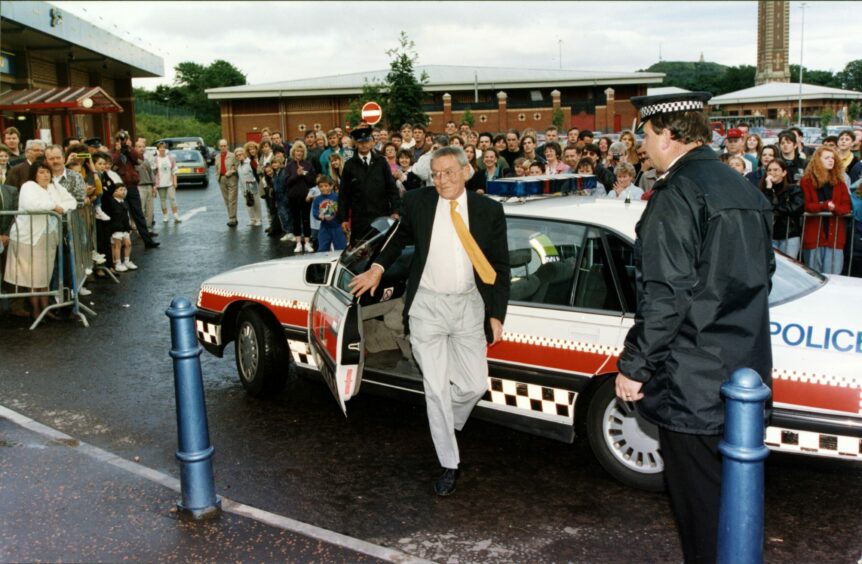
Nearly three decades have passed since Glasgow’s most famous detective Jim Taggart left the mean streets of Maryhill to open the Odeon in Dundee.
DCI Taggart, portrayed by actor Mark McManus, first appeared on our TV screens in 1983 and the show’s famous catchphrase “There’s been a murder!” was born.
And we have dusted off images of McManus and his Taggart co-stars opening the beloved cinema ten years later.
The snaps from DC Thomson’s Kingsway archive include many which have never been seen before.
They will surely add to the growing nostalgia for the glory days of the abandoned cinema which is awaiting demolition following its closure in 2001.
The Tayside Police Band were interrupted by a cacophony of police sirens and flashing blue lights when they played at the opening of the Odeon in June 1993.
However, rather than being a cause for concern, it was a cause for celebration.
The gruff McManus, and his Taggart co-stars James MacPherson and Blythe Duff, had arrived to open the Stack Leisure Park’s new cinema.
The actors drew large crowds for the opening, which was sadly one of McManus’s final public appearances before his death 12 months later.
Before he cut the ribbon, the actor was urged by a nervous organiser to make a long and diplomatic speech.
McManus got out of the patrol car and told the crowds: “Hello Dundee, let’s go to the pictures!’,’ and declared the new Lochee picture house open!
Guests and paying customers then watched a special screening of Sylvester Stallone’s Cliffhanger before enjoying a celebration supper.
McManus died in June 1994 during the shooting of an episode of Taggart.
The programme was such a ratings hit with viewers that the show continued, and his co-star MacPherson’s character was promoted to DCI.
MacPherson continued his investigations in Maryhill until 2002, when his character Michael Jardine was finally killed off and dumped in the Clyde.
He was replaced with DCI Matt Burke, formerly of Special Branch, who was depicted by Alex Norton and is now one of the stars of the comedy Two Doors Down.
Taggart was eventually axed in 2010, but only after more than 25 years of bludgeoning, poisonings, bombings, fatal snakebites and dismemberment.
A pioneer in Scottish cinema
Odeon One, the largest of the six picture halls inside the complex, was the first in the chain outside of London’s West End to be fitted with Dolby digital sound.
The new surround sound system turned a lot of heads.
It was reported that when one movie showed stampeding horses racing by on either side of the camera, the audience turned to look at the side walls of the cinema to see if the horses were actually there!
This new technology was an attempt to bring a new lease of life to the art of going to the movies, but the old picture house was also determined to keep its links to the past.
Its lounge bar was decorated in the style of the old picture houses, and even had an old projector as its centrepiece!
The 1930s light fixtures continued the theme, but the highlight of the building was what the light fixtures were illuminating.
Overhead, there was a king-sized mural of beloved comic characters Dennis the Menace and Desperate Dan.
The distinctive mural was painted by students of Menzieshill High School and became a defining feature of the cinema when its doors finally opened to the public on June 25 1993.
Taggart had returned to No Mean City by the time the Odeon’s first proper blockbuster was shown in July 1993.
Jurassic Park was just one of the venue’s most popular showings, alongside Titanic and Braveheart.
Tickets were priced at two levels: £4.25 for a luxury seat, and £3.50 for a standard one.
The cinema’s five other screens provided a wide and varied selection of entertainment for the people of Lochee.
Don Johnson of Miami Vice fame was lighting up the Lochee screen in the 1993 film Born Yesterday.
Elsewhere, Jean-Claude Van Damme was captivating audiences in American action film Nowhere To Run.
It was a far cry from the old days when Dundonians had to travel the length of the city to find a picture house showing the film they wanted to see.
At the Odeon, you could drop in at a moment’s notice and trust there would be something to your tastes.
Its rising popularity led to the Odeon starting up its first ever website in 1995.
At the time, they were reported as “the latest organisation to join the information revolution”.
Moviegoers from throughout the area would now be able to access details about the cinema and its forthcoming films simply by typing in the cinema’s internet address.
Its online presence and continued stream of blockbusters kept the Odeon thriving at the end of the 90s.
In 1999, the Odeon reported a 30% increase in the volume of customers visiting the six-screen cinema in June, compared to the same month of the previous year.
Queues were consistently stretched out into the car-parks as a steady feed of high-budget features triggered an early summer surge in the number of film-goers passing through the doors.
The Phantom Menace, George Lucas’ addition to the famous Star Wars trilogy, was particularly popular, alongside Notting Hill and The Matrix.
Notting Hill, the follow-up to Richard Curtis’ popular film Four Weddings And A Funeral, was reported to have broken the £64 million US box office barrier – the first British film ever to do so.
However, despite the cinema’s success, its home was struggling.
The Stack Leisure Park was fast becoming a ghost town, with other businesses in the complex shutting up shop and moving away.
With less surrounding traffic, the Odeon’s audiences started to dwindle.
How long before the credits would roll?
The picture house closed its doors for the final time in 2001.
It has remained untouched ever since, standing still despite the passage of time.
Recently, local photographer Paul Vinova was able to photograph the building and showcase its existing relics which are still inside.
The old projector and iconic mural both remain in their original place.
Now, the Odeon cinema is lined up to be demolished to make way for a new Home Bargains.
Locals hope that the old Odeon equipment and artwork will be removed from the building before the bulldozers move in.
With no date set as of yet for the demolition, there’s still time to preserve the relics before the bricks fall.
More like this
Eerie images show inside of abandoned Odeon cinema in Dundee before demolition
The high hopes and low returns of Lochee’s Stack Leisure Park
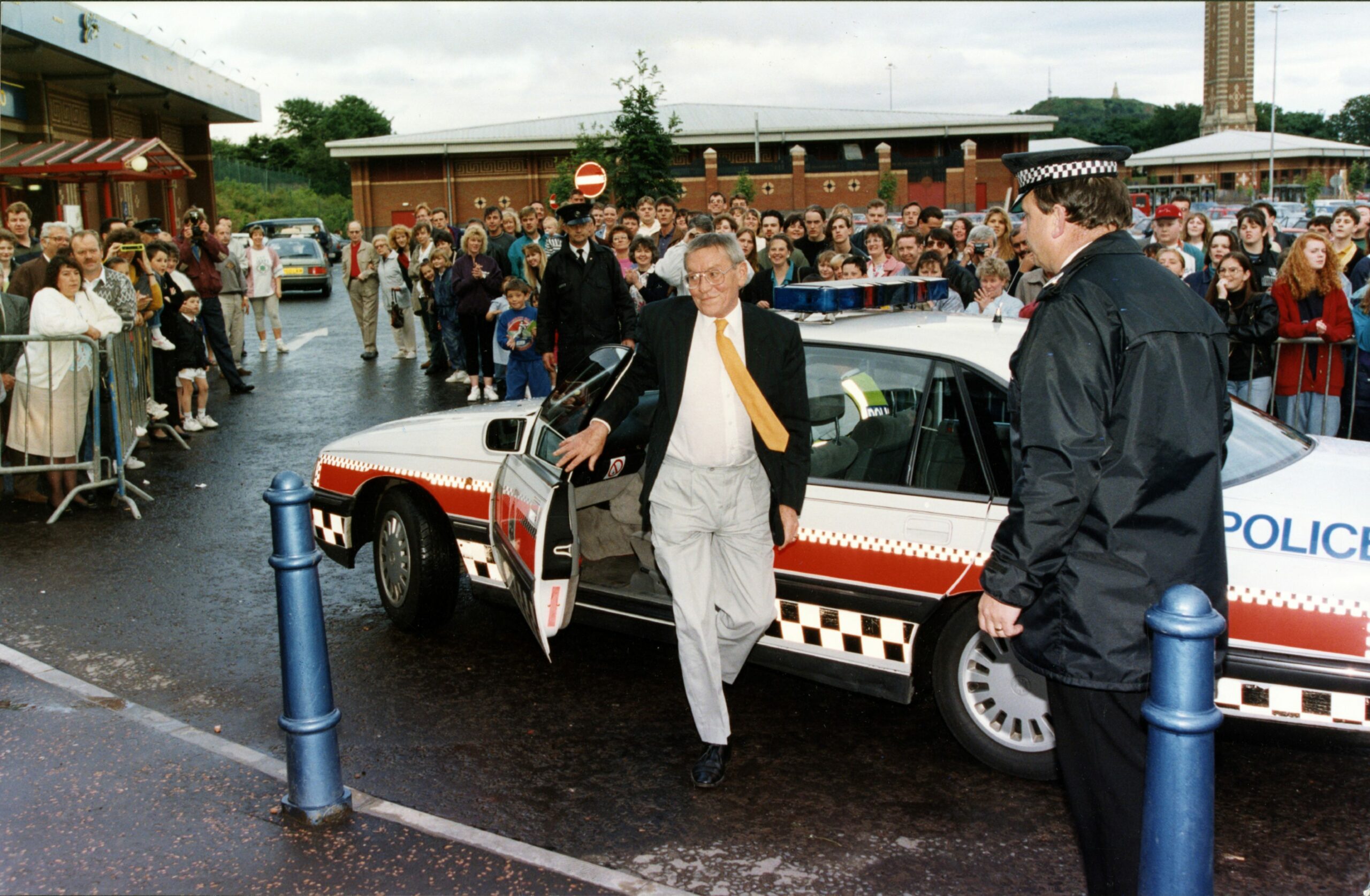
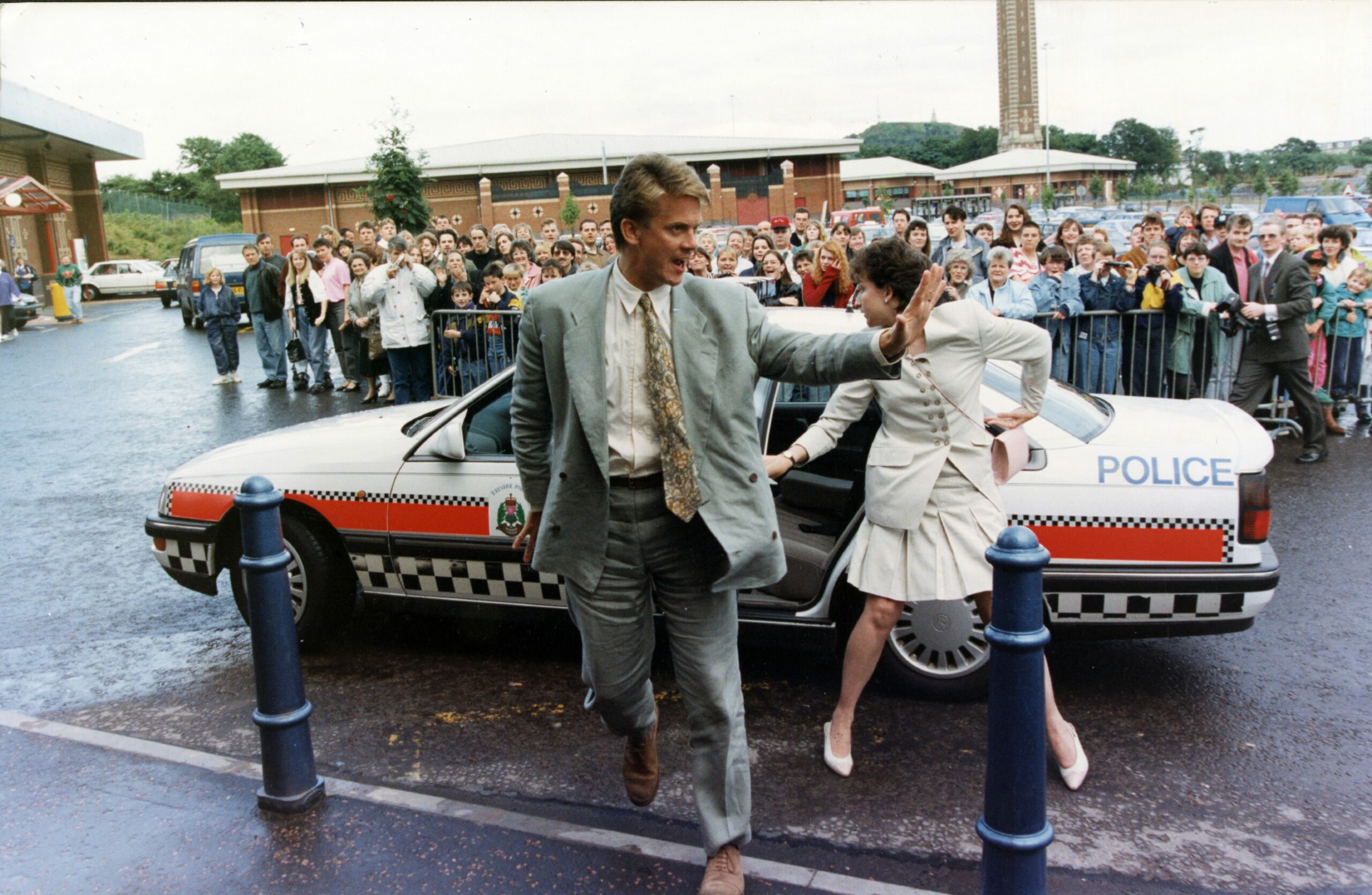
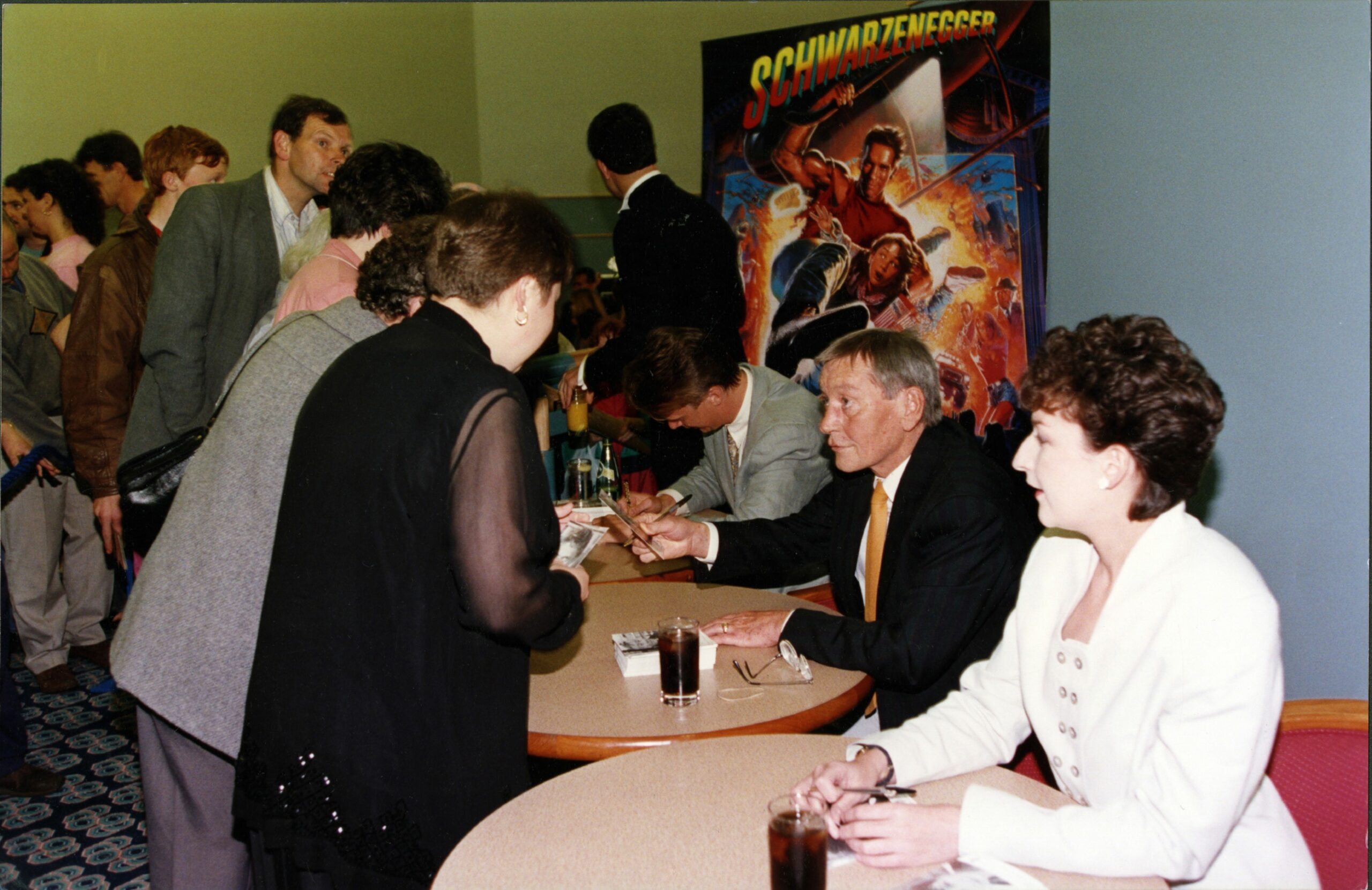
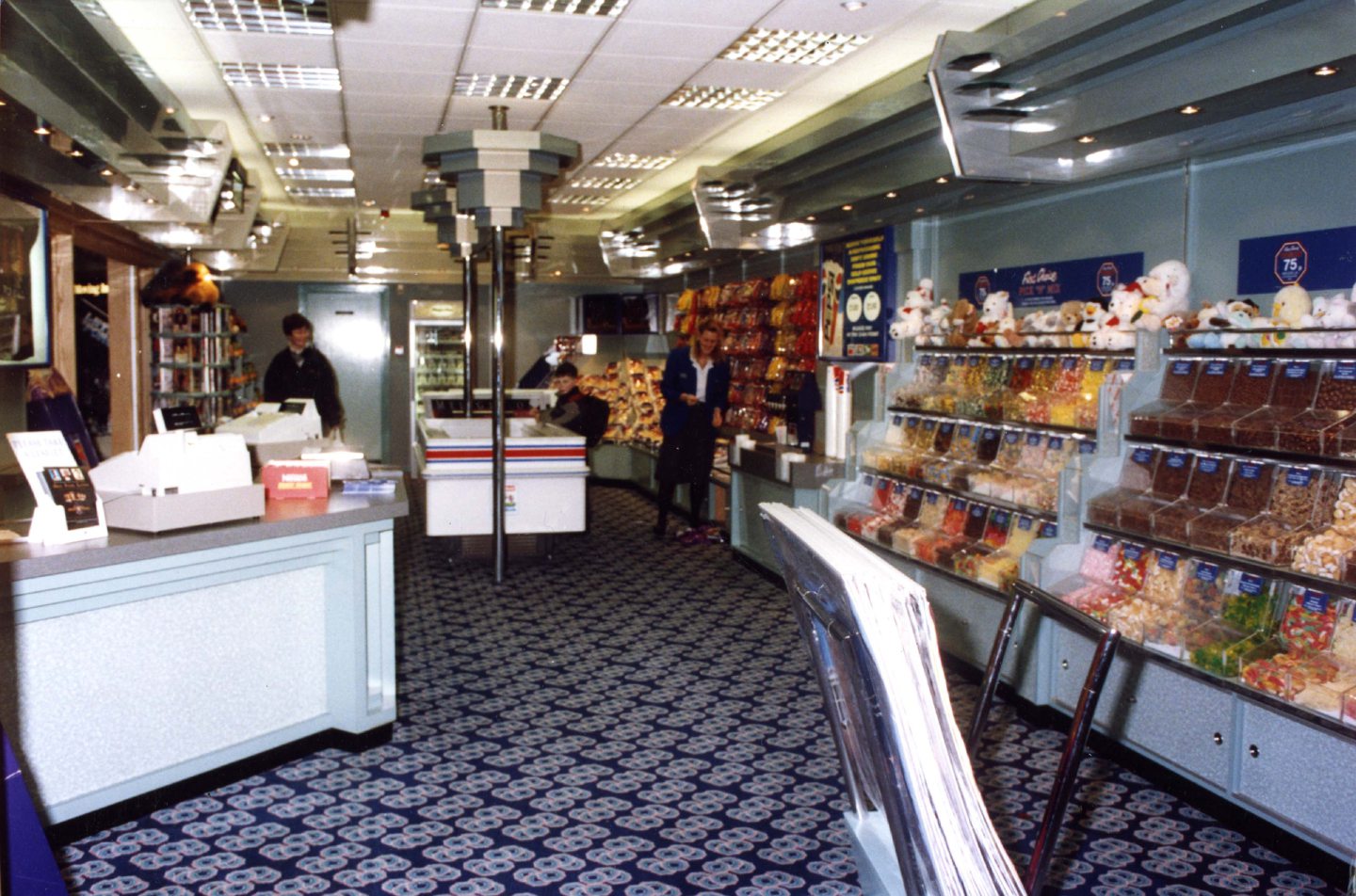
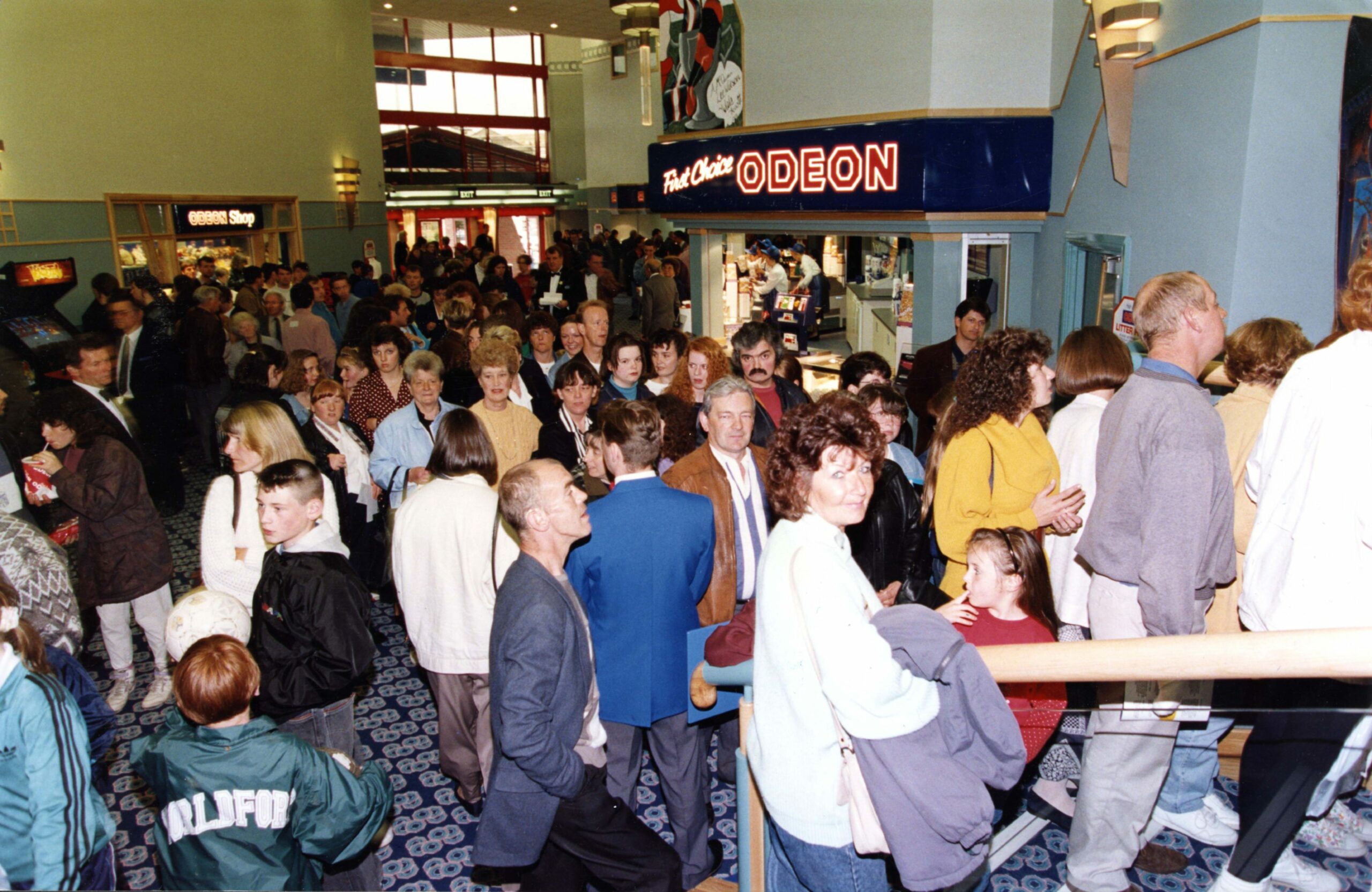
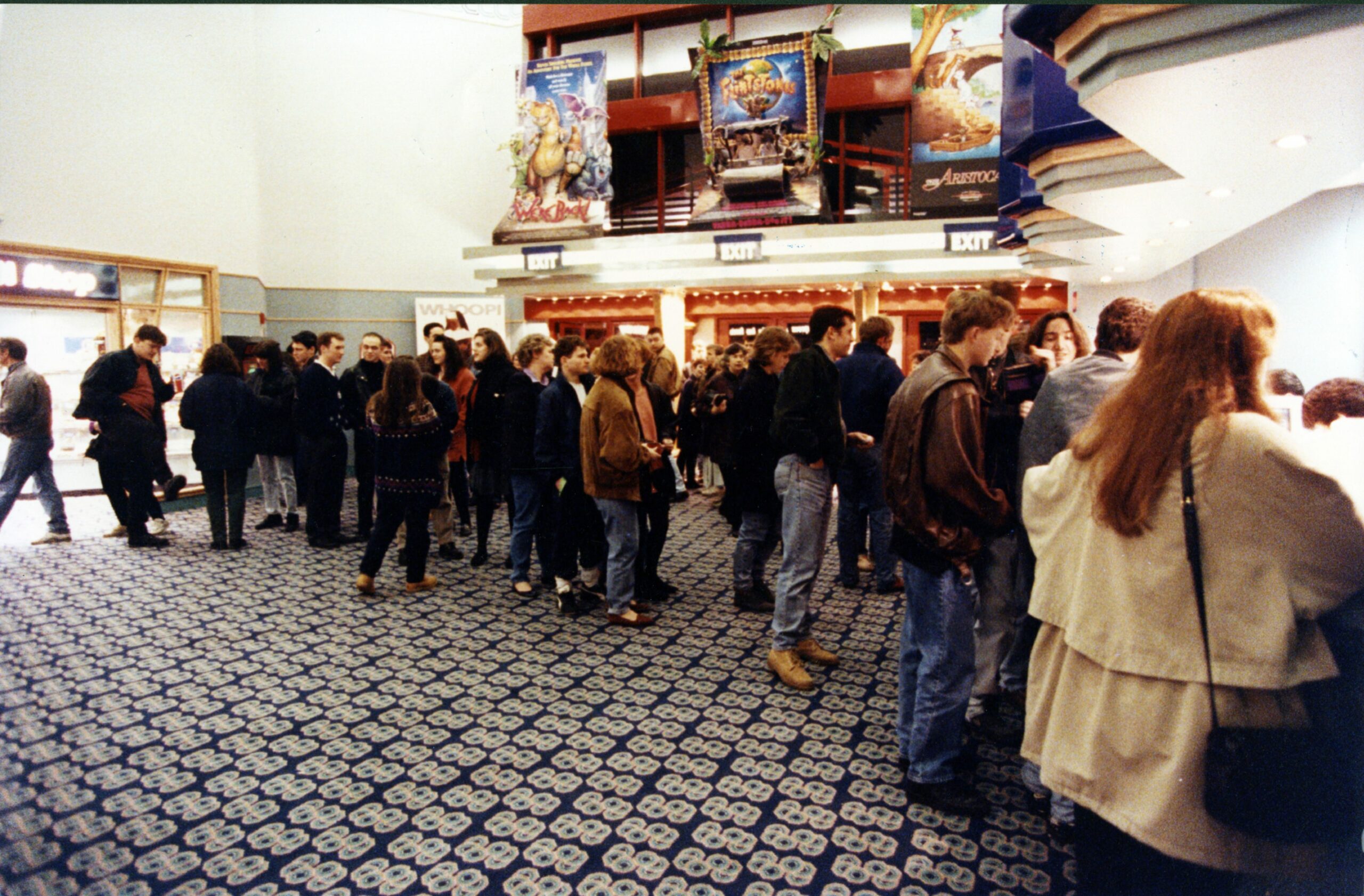
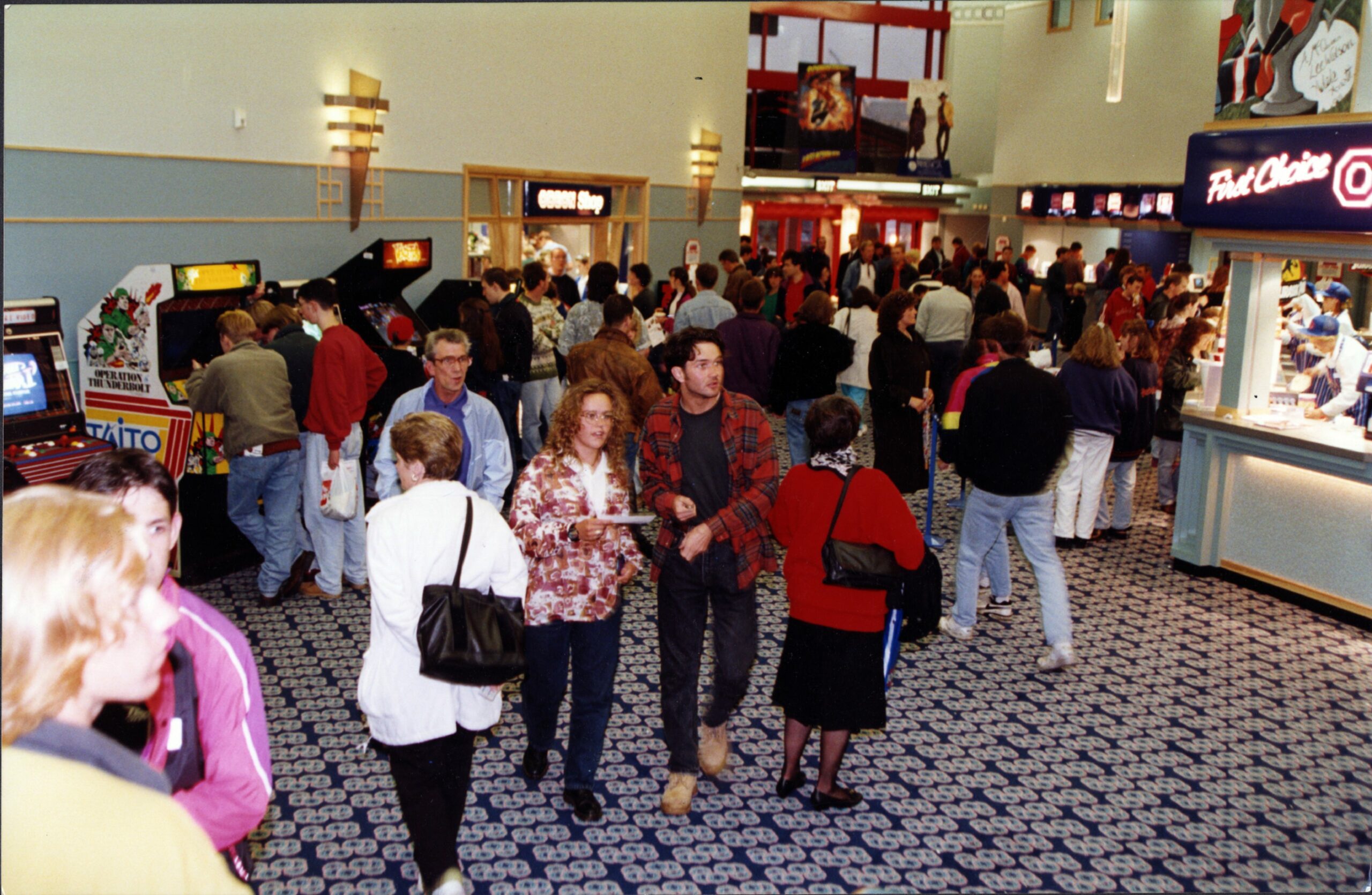
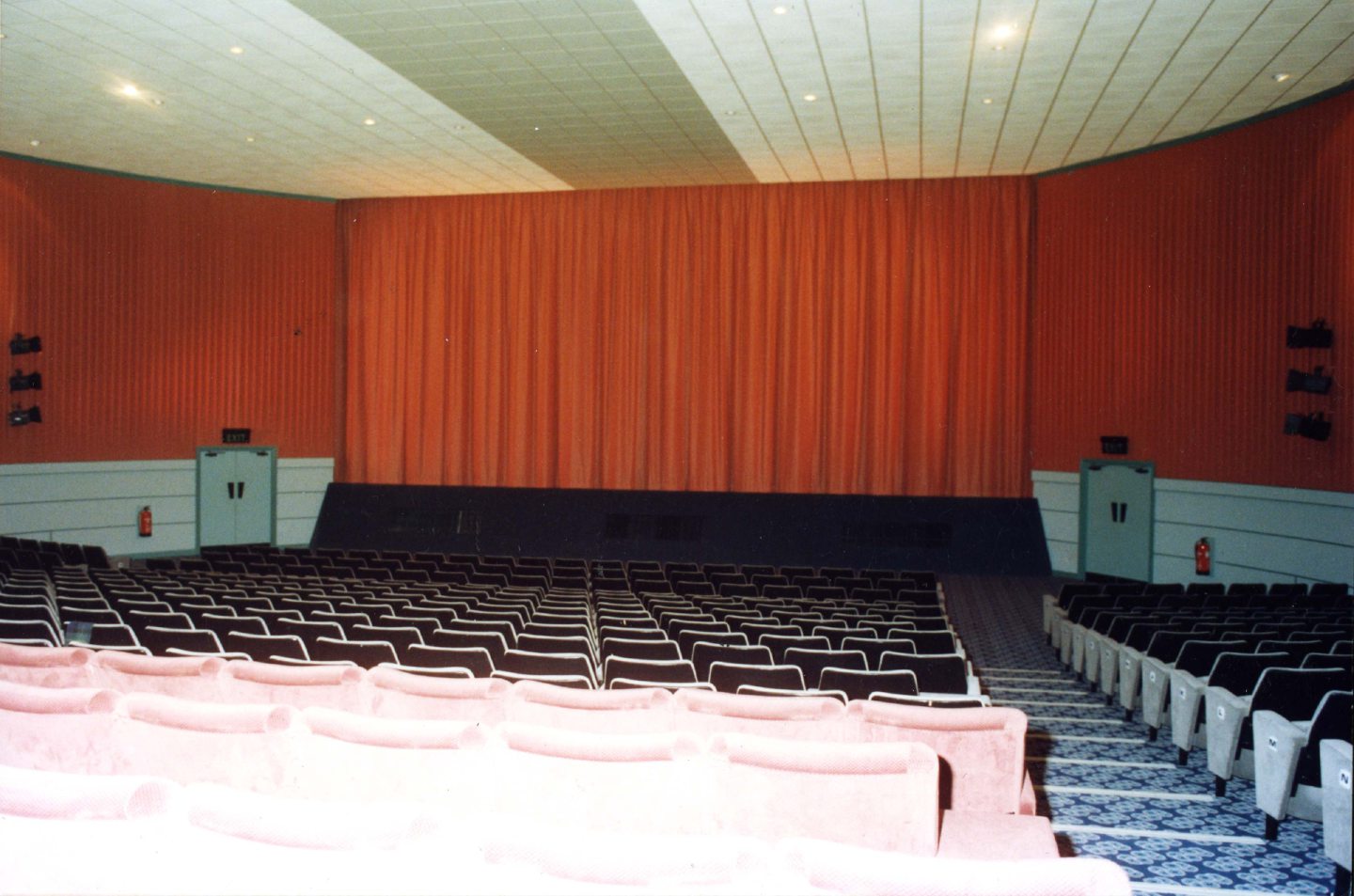
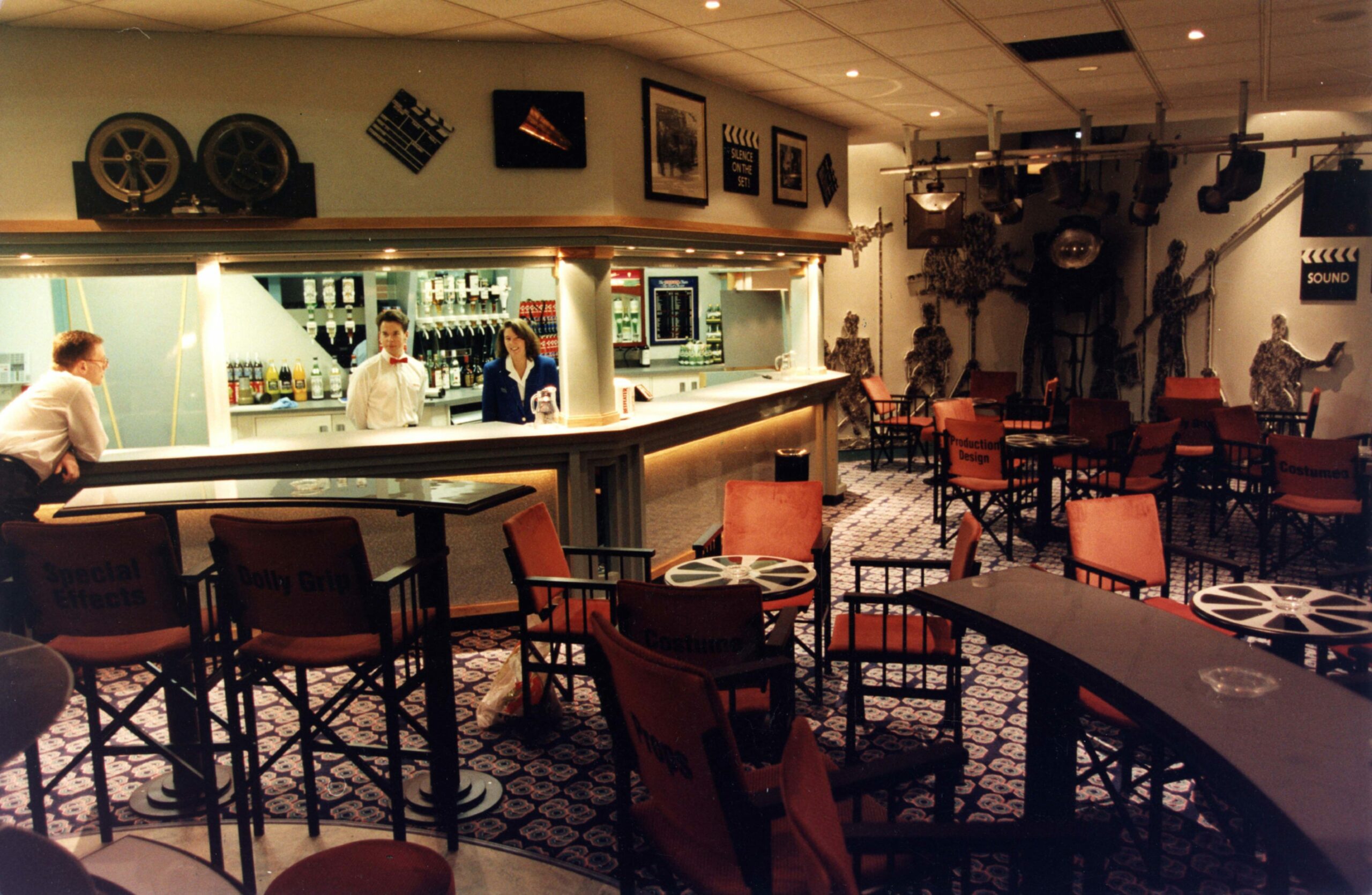
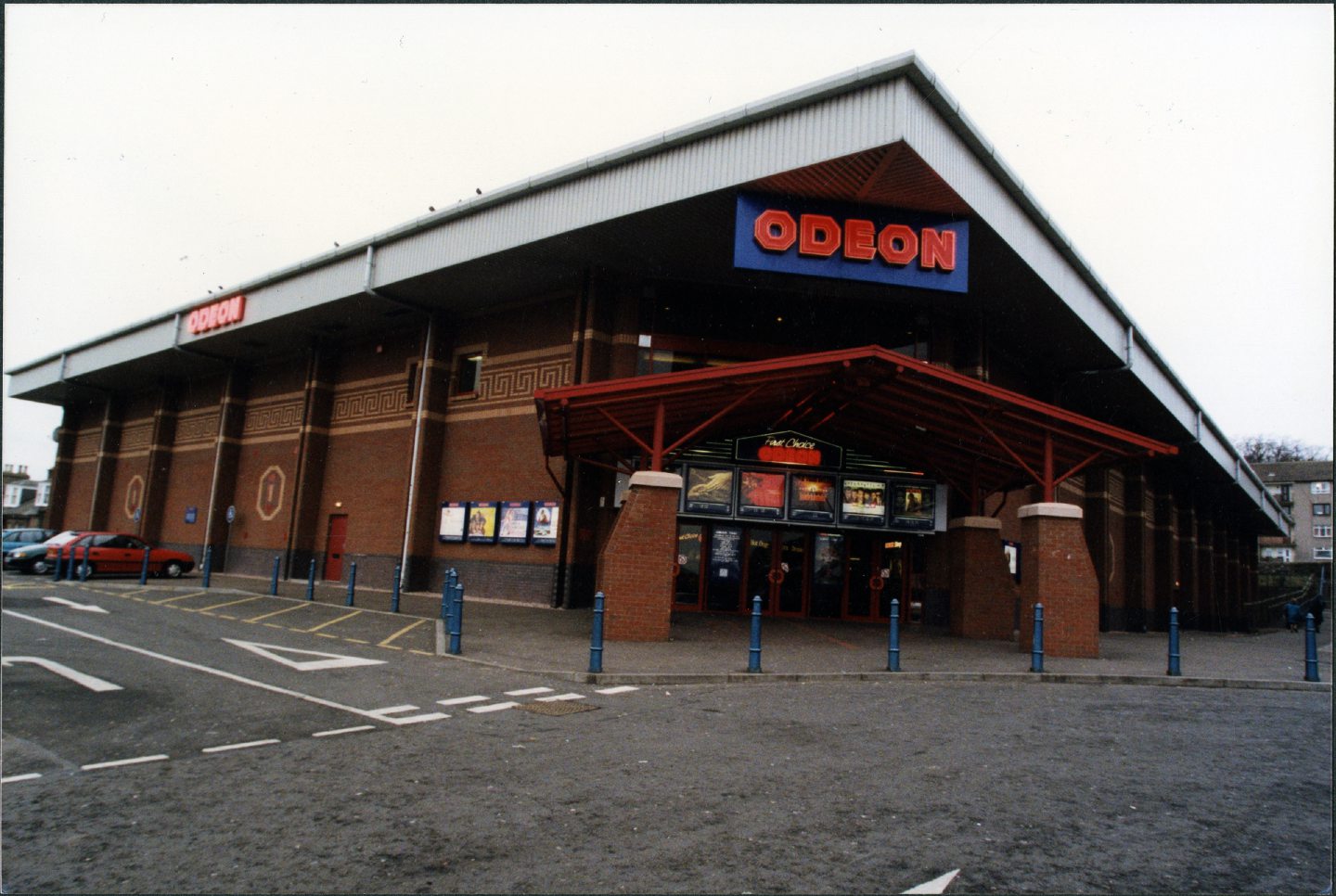










Conversation